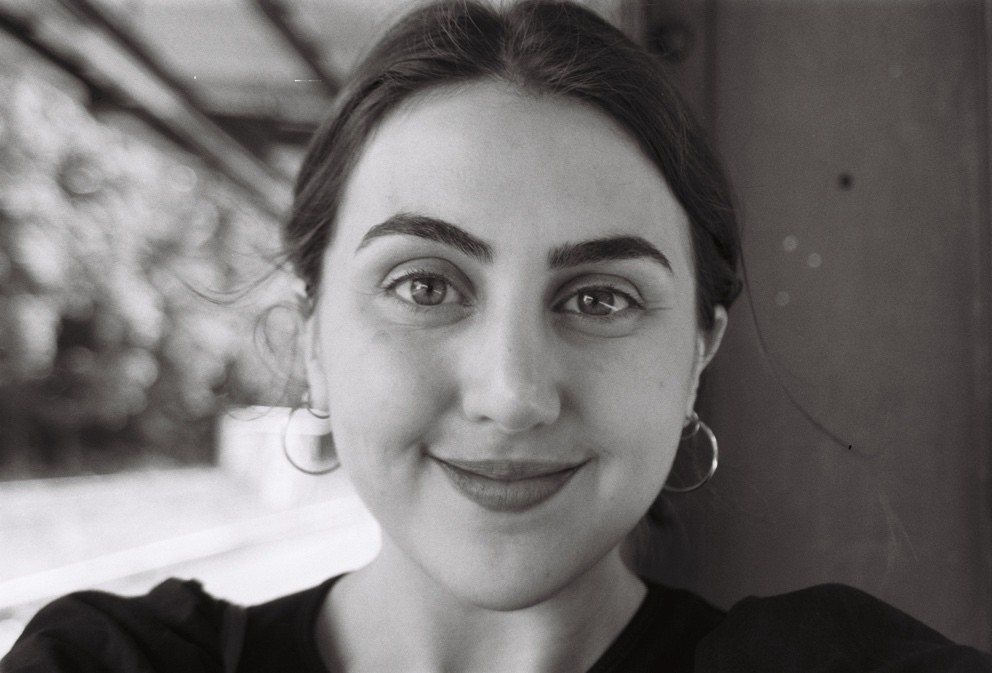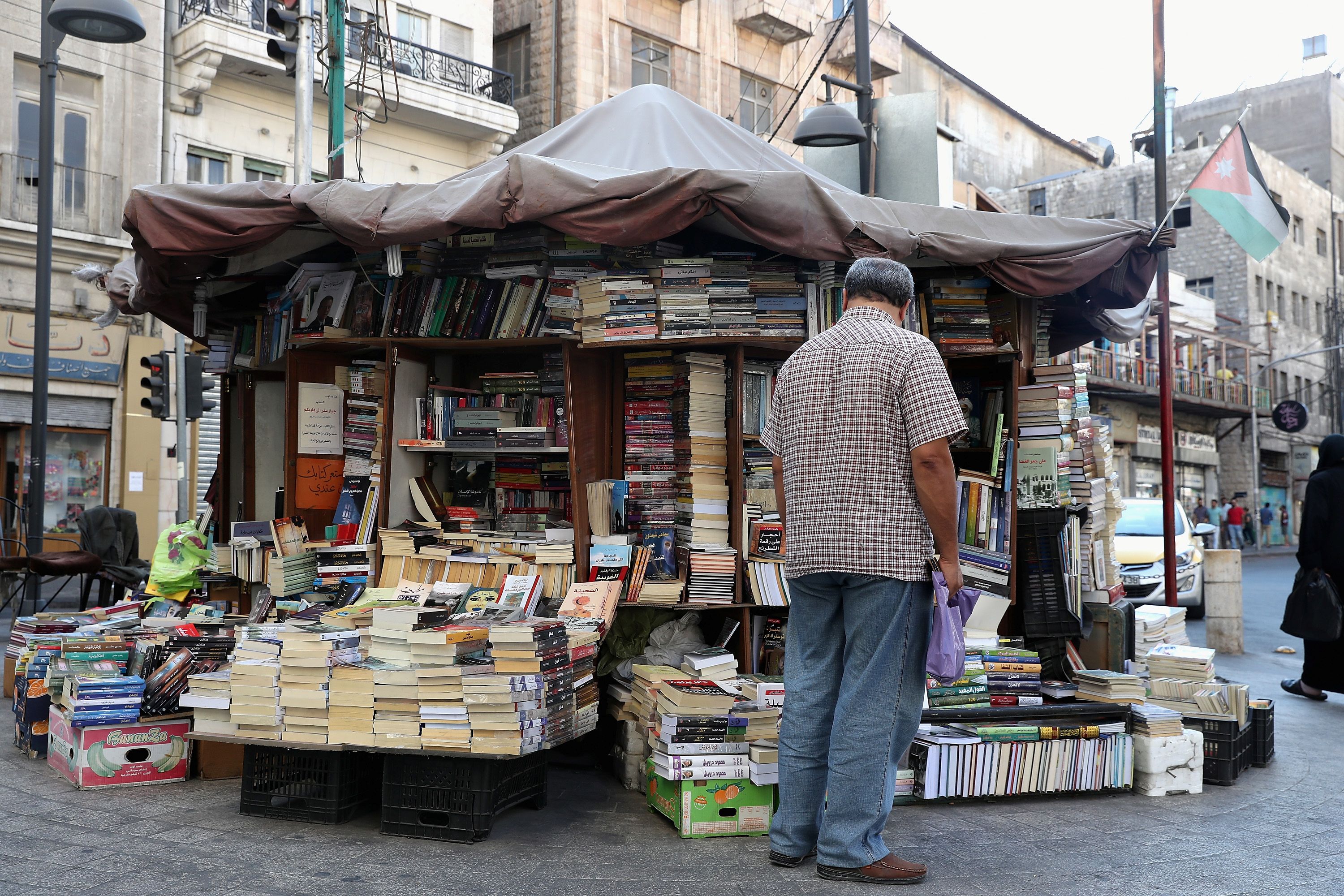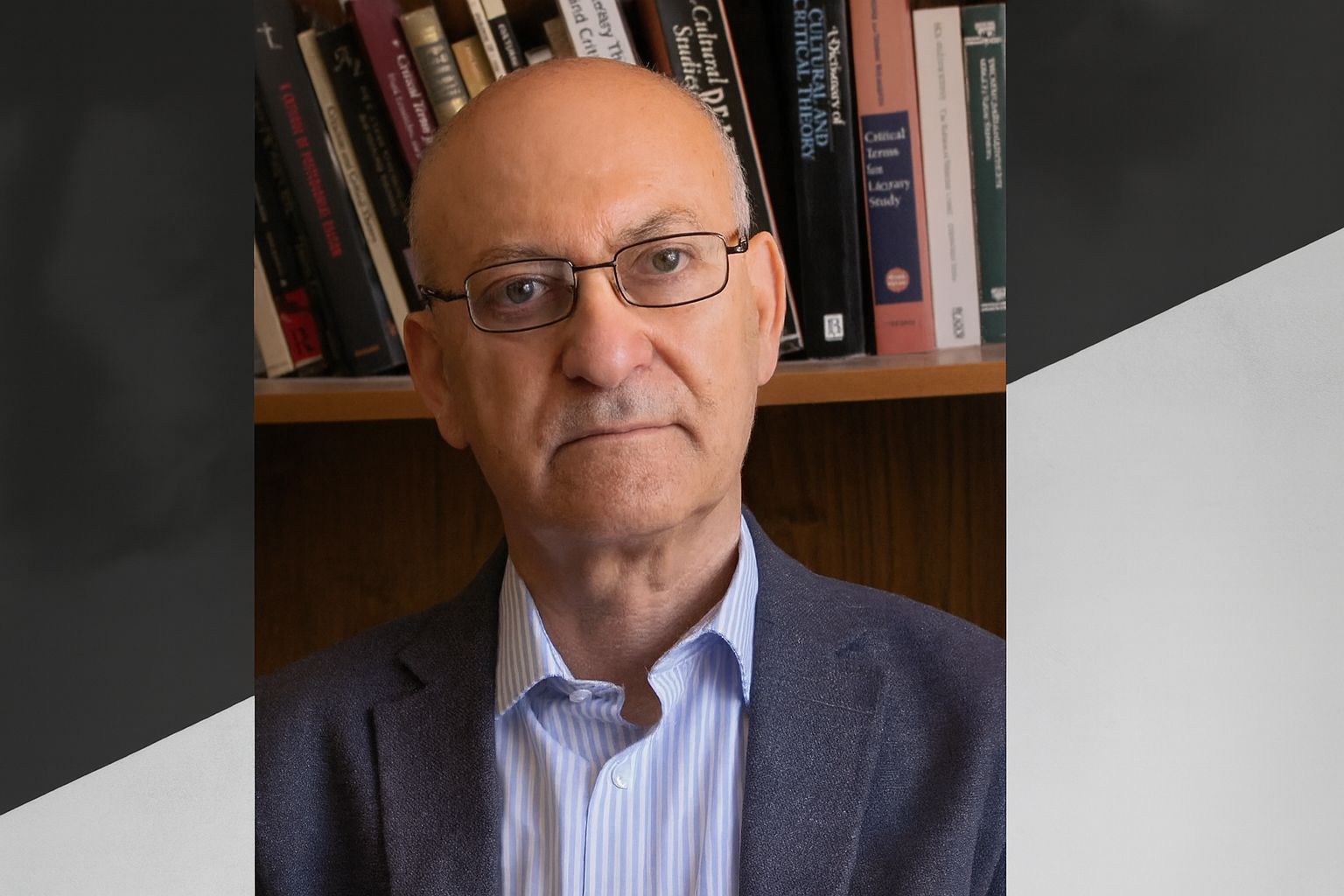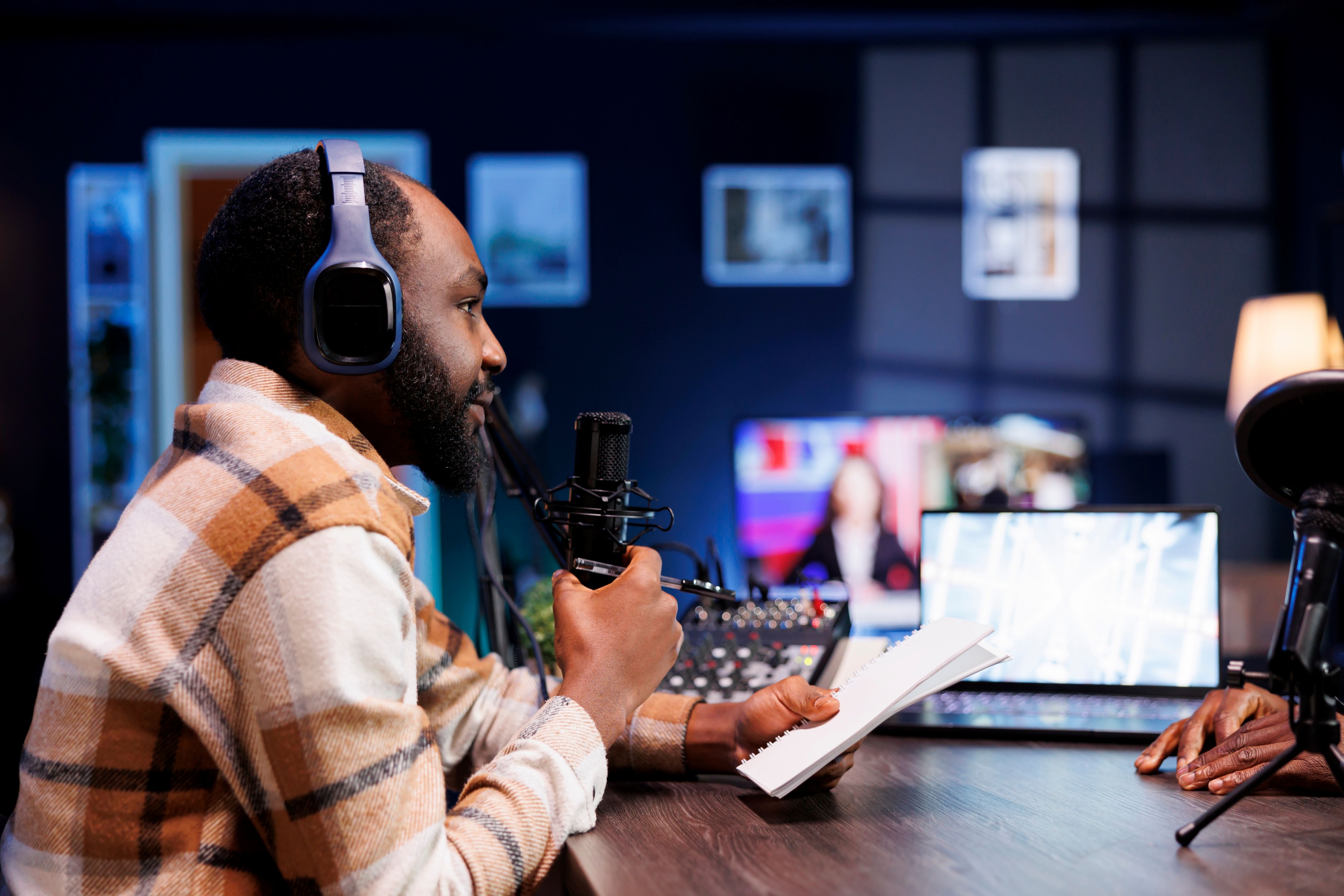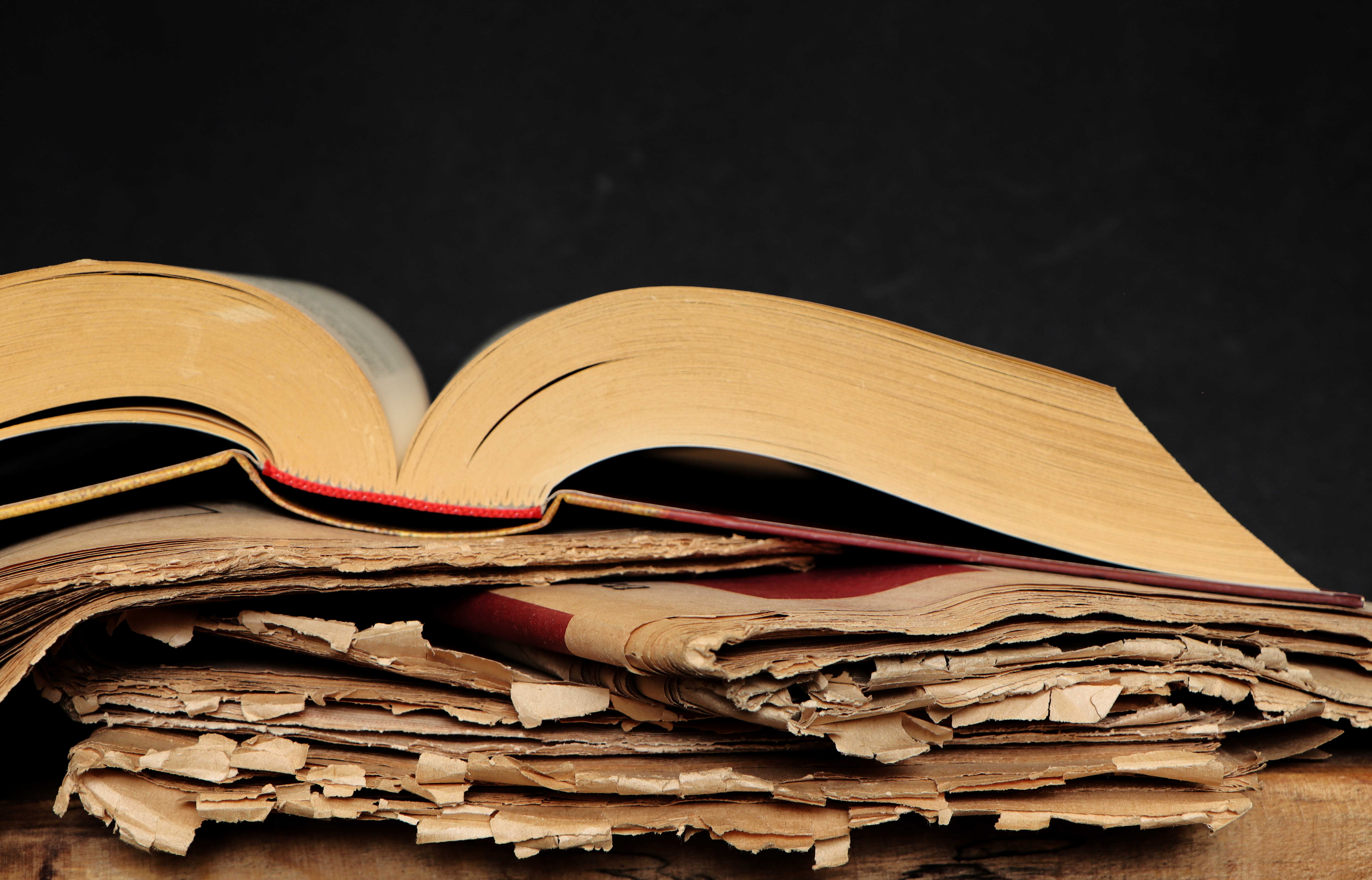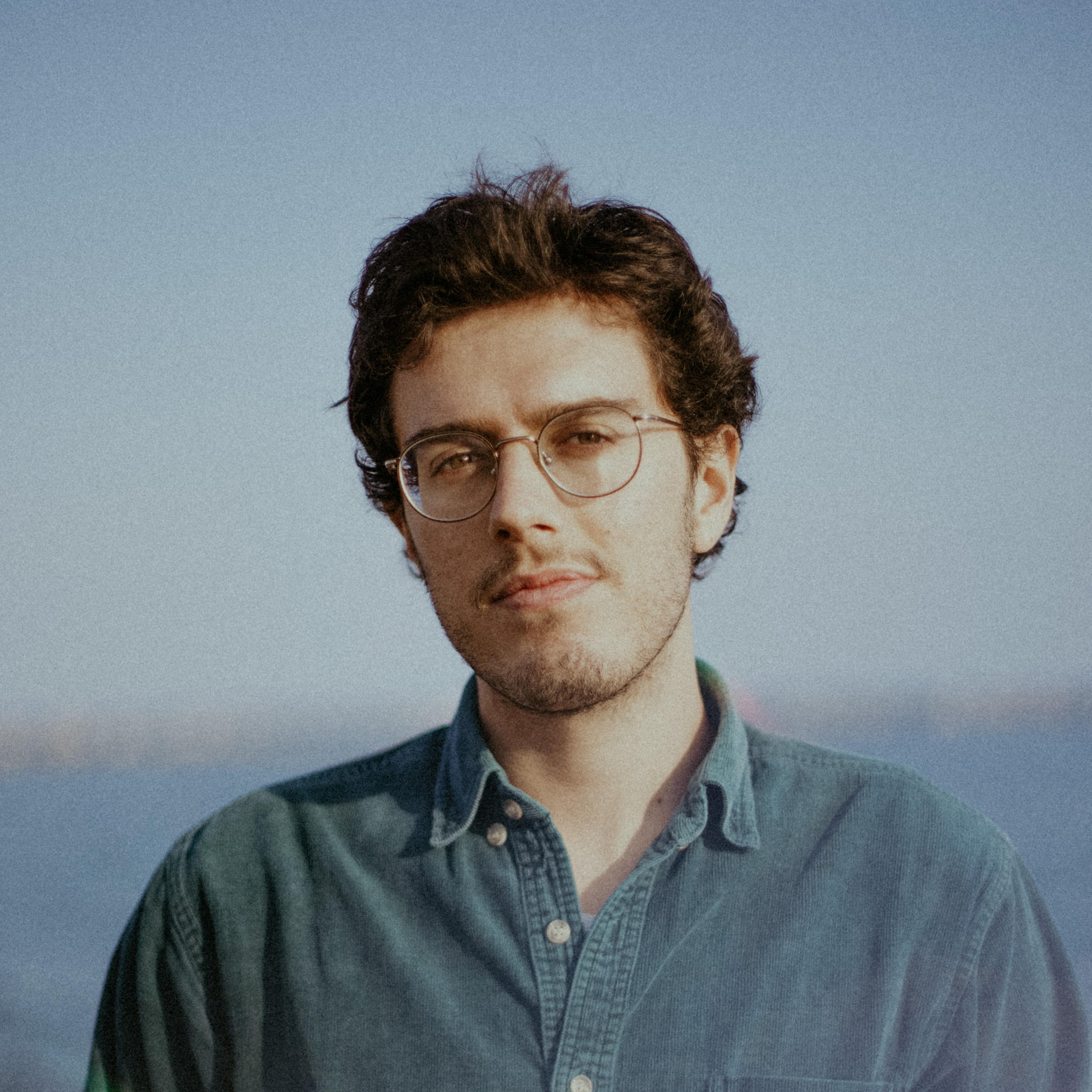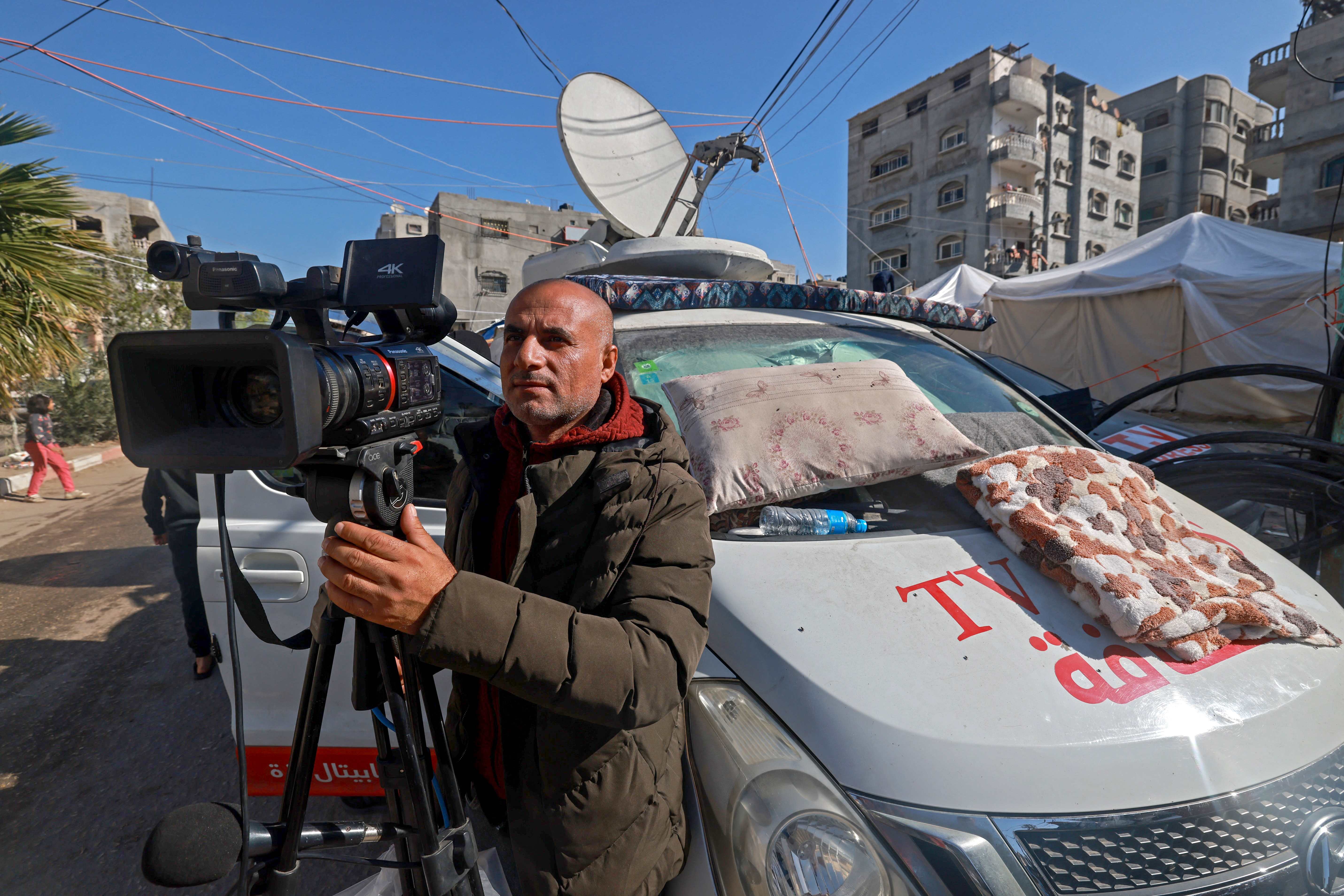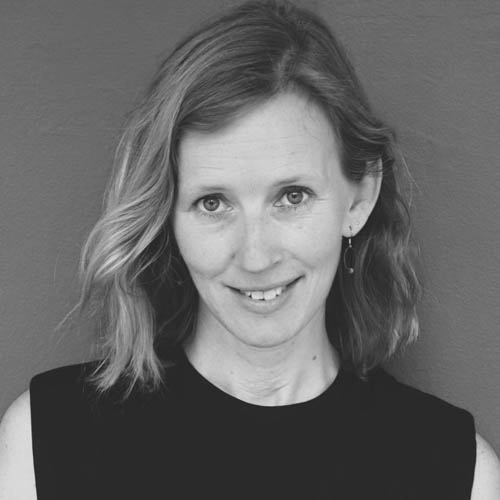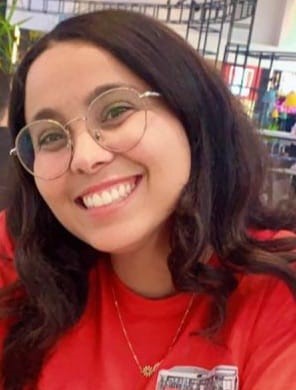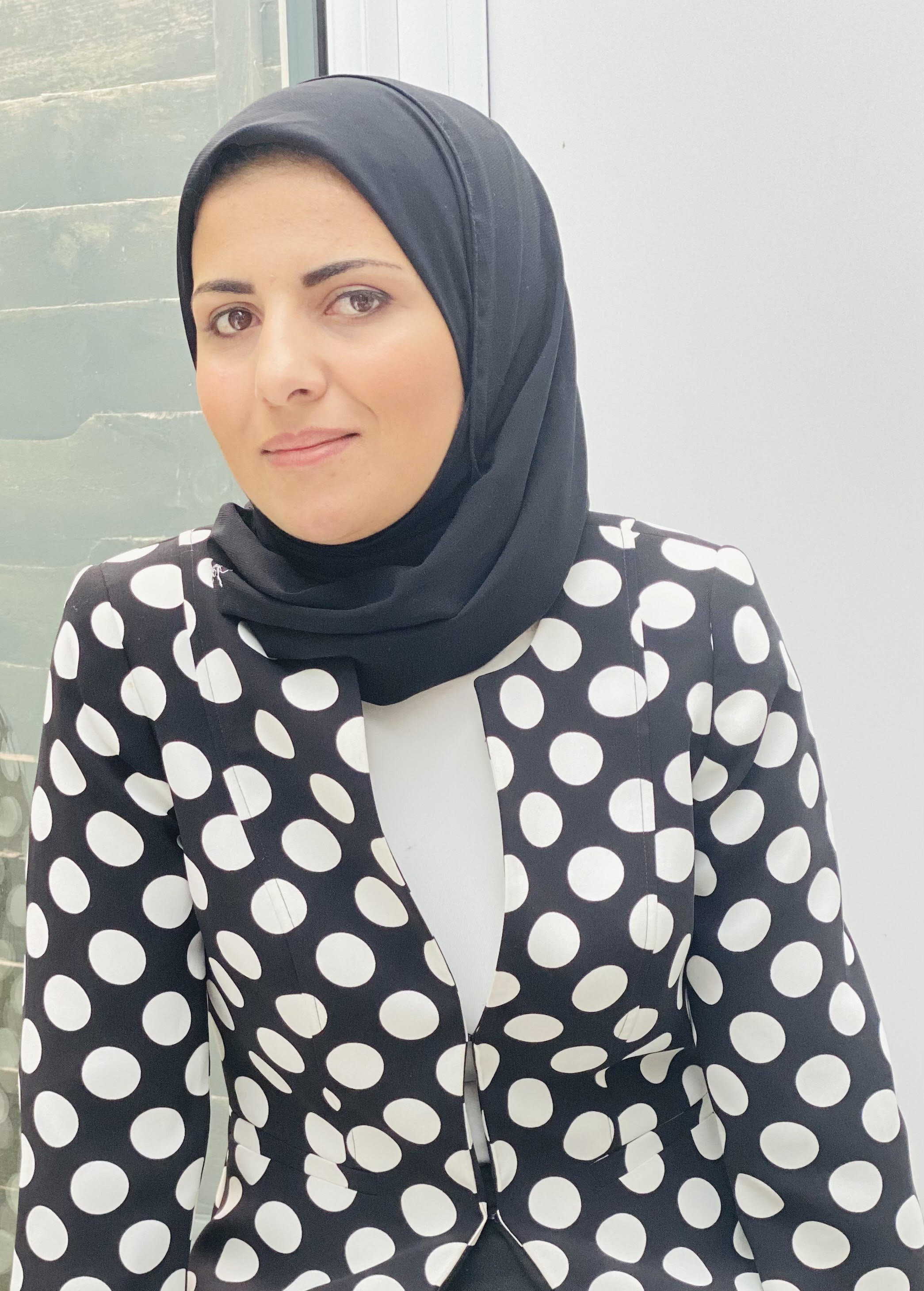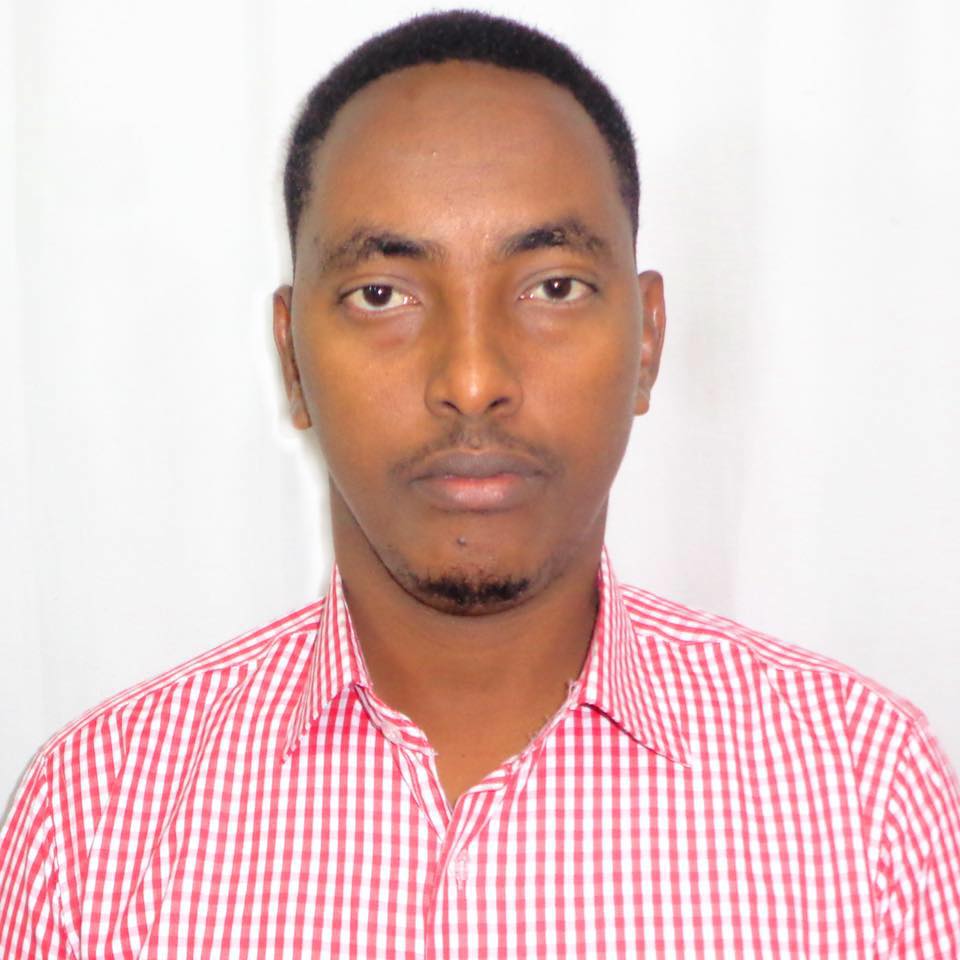كنّ عائدات إلى البيت بعد انتهاء الدوام، ثلاث (1) خريجات جديدات أعمارهن تتراوح بين 20 و25 عاماً، بدأن مشواراً في مؤسسة إعلامية محلية بجلال أباد، قبل أن تُنهي بضع رصاصات مجهولة كل شيء.
لم تتناول تقارير "مرسال وحيدي" و"سعدية السادات" و"شهناز روفي" أسماء ذوي النفوذ ولم يكن بصدد الكشف عن قضية فساد كبرى، كن فقط يقمن بدبلجة البرامج الأجنبية.
زميلتهن ملاله ميوند (26 عاماً) كانت قد لاقت نفس المصير قبلهن ببضعة أشهر (2)، بينما أعلنت القناة التي كانت تعمل فيها أنها لن توظف المزيد من النساء حتى يتحسن الوضع الأمني في البلاد. مثل هذه الأخبار تتكرر على اختلاف الأماكن والأسباب والجناة، وفي كل مرة تنخفض أصوات المنددين مع مرور الوقت، وتستمر الظاهرة. ولما كان التغيير عملية تراكمية، فإن أول ما يحفزه هو الإحاطة بالمشكلة وتقييم المعطيات.
ماذا يقول الواقع؟
هي "مهنة المتاعب" بالنسبة للذكور، أما عند الإناث فالمتاعب مضاعفة وأكثر تعقيدا. منظمات (3) حقوقية وإنسانية وعمالية ومئات التقارير والحوادث والشهادات تتحدث عن عنف جسدي ونفسي وجنسي يجعل أي أنثى تختار العمل في مجال الإعلام غير بعيدة عن شتى أنواع ودرجات الاستهداف المدفوع بالتحيز الجنساني. إنه استهداف لا يرتبط بالضرورة بالقضايا التي تغطيها الصحفية أو بمدى تمكنها من إيصال القصة لشريحة كبيرة من الجمهور، ولكن أحياناً لمجرد أنها تتحدى أعرافاً مجتمعية لا تستسيغ رؤية "تاء التأنيث" في الشأن العام. هو مشهد تتداخل فيه كراهية النساء بالعنصرية والتعصب الديني والسياسي وغير ذلك من أشكال التمييز، وهو عنف يرتدي أحياناً ثوباً مؤسساتياً يُمارس على مرأى من العدسات، كما حدث مع مراسلة الجزيرة بفلسطين جيفارا البديري أثناء أدائها لواجبها المهني في حي الشيخ جراح.
الأسوأ من ذلك هو أن الخطر يمتد أحياناً إلى مقر العمل حيث يفترض أن تنعم الصحفيات ببيئة آمنة. فحسب تقرير (4) لمنظمة "مراسلون بلا حدود" جمع بيانات (5) من صحفيات في 112 دولة، فإن 84% من الإجابات أكدت أن التحرش الجنسي يؤثر على الصحفيات وأن أشكال العنف المختلفة مصدرها المديرون التنفيذيون حسب تقدير 51٪ من المشاركات في الاستطلاع، بينما رأى آخرون أن مصدرها زملاء المهنة (46%) أو كيانات ذات سلطة (50 %) أو أطراف مجهولة (44%) أو أطراف أجريت معهم مقابلات (35%). كما وجد التقرير بأن الصحفيات المتخصصات في مجالات حقوق المرأة والرياضة والسياسة من بين الأكثر عرضة للعنف وأن عدد الصحفيات المحتجزات ارتفع (6) بما لا يقل عن 35٪ عام 2020 مقارنة بعام 2019.
عنف افتراضي لكنه حقيقي
"في المرة الأولى التي قيل لي فيها إنه يجب أن أموت موتاً بطيئاً ومؤلماً، كان ذلك بسبب كتابتي عن الممثلة كريستين ستيوارت عبر مدونة صغيرة على WordPress، ولم ترق لإحدى معجبات ستيوارت الطريقة التي حللت بها الصورة الفنية للنجمة"، تقول الكاتبة ومراسلة BuzzFeed News آن هيلين بيترسن (7).
أما الصحفية البرازيلية باتريشيا كامبوس ميلو (8) فدخلت حرباً محمومة إثر اشتغالها على سلسلة استقصائية حول تورط الرئيس جايير بولسونارو ومناصريه في تمويل مخطط يهدف لتشويه معارضيه، لتتعرض بعدها إلى حملة تنمر وتهديدات على وسائل التواصل الاجتماعي وتضطر لمقاضاة الرئيس وابنه بسبب طعنهما في مصداقيتها ومهاجمتها بتصريحات مهينة.
لا يحتاج أحدنا سوى فتح أي منصة اجتماعية ليجد الخطاب الميزوجيني (الكراهية ضد النساء) يحاصر الإعلاميات لأبسط الدوافع: اتهامات وتهديدات وشخصنة ونعوت بذيئة وهجمات سيبرانية حوّلت الفضاء الافتراضي إلى خط المواجهة الجديد لهذه "الظاهرة العالمية" كما يصفها غيلهيرم كانيلا، (9) رئيس قسم حرية التعبير وسلامة الصحفيين في اليونسكو. وأظهر تقرير (10) أُعد بتكليف من اليونسكو ونفذه المركز الدولي للصحفيين، أن 3 من كل 4 صحفيات جرى استطلاع آرائهن تعرضن للعنف عبر الإنترنت، وأن الصحفيات العربيات (11) ضمن الفئات الأكثر تعرضاً للعنف الرقمي، فيما صُنف فيسبوك الأقل أماناً من بين 5 تطبيقات هي الأكثر استخداماً من قبل المشاركات.
انعكاسات تتجاوز الضحية
سواء آثرت الضحية الصمت أو المقاومة، تبقى المعركة ثقيلة ومن الصعب القول إن هناك دائماً خياراً صحيحاً وآخر خاطئاً فيها. لكن الأكيد أن الآثار الجسدية والنفسية المباشرة على الصحفيات، عادة ما تمتد لتقوّض جودة العمل وثقة الجمهور في الصحافة الناقدة، ناهيك عن تراجع فرص التوظيف وإحباط أي مساع لتحقيق التوازن بين الجنسين في المشهد الإعلامي، ودفع النساء إلى الانسحاب (12) من الخطوط الأمامية والمحادثات العامة لا سيما إذا تقاطع التحيز الجنساني مع حالات الاستقطاب السياسي وانتشار المعلومات المضللة وتحول إلى حملات استهداف منظمة على مستويات أعلى.
هذا ما تؤكده نتائج استبيان منظمة "مراسلون بلا حدود"، التي أوضحت أن العنف القائم على نوع الجنس يدفع الصحفيات إلى إغلاق حساباتهن على منصات التواصل الاجتماعي إما مؤقتاً أو بشكل دائم بنسبة 43%، وإلى ممارسة الرقابة الذاتية بنسبة 48%، وتغيير التخصص بنسبة 21%، عدا عن أنه يسبب حالة من الخوف من فقدان الوظيفة (54%) والخوف على الحياة (49%).
قراءة في بعض التوصيات
تكشف الدراسات أن الاعتداءات الجسدية على الصحفيات كثيراً ما تسبقها تهديدات عبر الإنترنت أو هجمات سيبرانية، لذلك تشدد التوصيات على أخذ أي تهديد على محمل الجد.
اللجوء إلى منظمات ومنصات موثوقة توفر المساعدة عبر نشر توجيهات (13) أو توفير فرص لبناء شبكة علاقات ومشاركة الخبرات قد يفتح آفاقا كثيرة.
الرابطة (14) الدولية للمرأة في الإذاعة والتلفزيون تدعو الصحفيات للتصرف دوماً بثقة وفخر بدورهن المهني والتحدث لأشخاص موثوقين في حال التعرض لأي مضايقات مع الاحتفاظ بسجل مكتوب يتضمن أكبر قدر من التفاصيل والأدلة.
أما خلال التغطيات الميدانية، فبالإضافة إلى الالتزام بالإرشادات العامة التي تهم الصحفيين من الجنسين، تنصح الرابطة بتخيل قائمة من المخاطر المحتملة ذات البعد الجنساني والتفكير المسبق في الاستجابات الأنسب مع الحرص على تعلم مهارات الدفاع عن النفس إن أمكن. زيادة على ذلك، تدعو إلى تجنب لفت الانتباه وعدم ارتداء أية مجوهرات واصطحاب زميل أو مرافق ذكر مع الحرص الشديد على عدم مشاركة أية معلومات شخصية أو تفاصيل عن التحركات.
الاطلاع على تقاليد البلد وقواعد اللباس والالتزام بالقوانين المحلية أمر ضروري، كما أنه أحياناً يتعين مراعاة المناخ السياسي والاجتماعي. فالصحفيات المحجبات مثلاً يجب أن يكنّ على دراية بالمناطق التي تنتشر فيها ظاهرة الإسلاموفوبيا أو التوجهات اليمينية المتطرفة خاصة إذا واكبت هذه المعطيات تطورات حديثة ذات صلة.
من جهة أخرى، فإن المؤسسات ملزمة بحماية موظفيها الدائمين والمستقلين حتى لا يقع ثقل الرد والوقاية على الهدف فقط. من أجل هذه الغاية، فعلى المؤسسات توفير وسائل السلامة الجسدية والدعم النفسي والقانوني والمشورة والتدريب، بإضافة إلى التوعية بمظاهر التحيز الجنساني وإيجاد آليات إدارية للتعامل معه بشكل جدي وشفاف.
في هذا السياق، سيكون من الضروري العمل على إرساء بيئة آمنة لكسر الصمت والإبلاغ، مع الحرص على محاربة بعض التصورات النمطية التي تلقي عبئاً على الضحية كالقول بأن الصحفيات بحاجة إلى التحلي بقوة ومرونة أكبر وبأن هذه الانتهاكات ضريبة مهنية متوقعة أو مقبولة.
وأخيراً، فإن الاكتفاء بالحظر والإبلاغ وحذف المضايقات الرقمية قد يكون في بعض الأحيان مجرد ضمادة موضعية أو مرهما يؤخر معالجة المشكلة بشكل جذري. شركات التكنولوجيا يجب أن تتحمل مسؤولية أكبر في تطوير آليات استجابة أفضل وتقييد المحتوى الذي يحرض ضد الصحفيات.
مصادر:
1-https://www.nytimes.com/2021/03/02/world/asia/afghanistan-women-journalists-killed.html
2-https://cpj.org/2020/12/journalist-malalai-maiwand-shot-dead-in-afghanistan/
3-https://www.hrw.org/news/2021/04/01/afghanistan-taliban-target-journalists-women-media
4- https://rsf.org/ar/news/-323
5-https://rsf.org/sites/default/files/le_journalisme_face_au_sexisme.pdf
6- https://rsf.org/ar/news/-304
7-https://www.cjr.org/special_report/reporting-female-harassment-journalism.php
8- https://cpj.org/awards/patricia-campos-mello-brazil/
9-https://www.aljazeera.com/news/2021/4/30/female-journalists-facing-growing-online-attacks-unesco
10-https://www.icfj.org/our-work/icfj-unesco-global-study-online-violence-against-women-journalists
11-https://en.unesco.org/sites/default/files/the-chilling.pdf
12-https://www.aa.com.tr/en/asia-pacific/killing-spree-forces-women-afghan…
13-https://cpj.org/2019/09/physical-safety-mitigating-sexual-violence/
14-https://aijc.com.ph/wp-content/uploads/2020/09/IAWRT-SAFETY-HANDBOOK-FO…
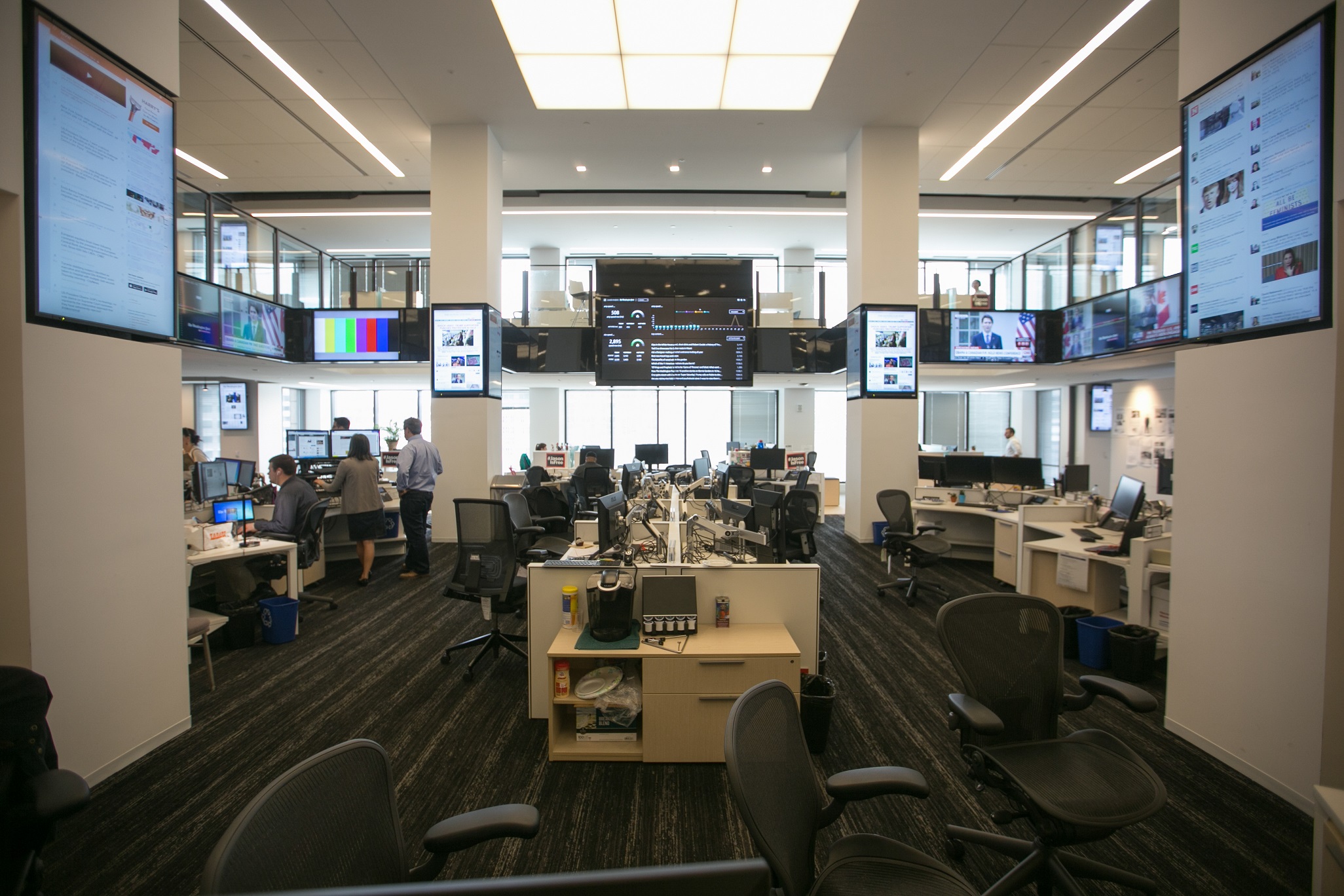


![Palestinian journalists attempt to connect to the internet using their phones in Rafah on the southern Gaza Strip. [Said Khatib/AFP]](/sites/default/files/ajr/2025/34962UB-highres-1705225575%20Large.jpeg)
